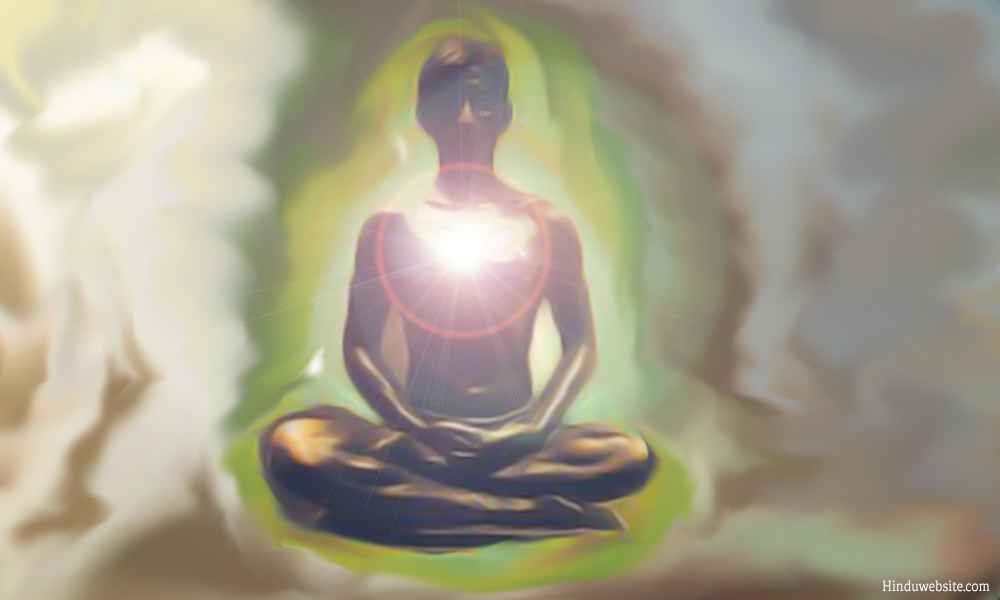
Atha Yoga Anushashanam - Yoga Chirtta Vritti Nirodha

This is a brief commentary on the meaning and significance of the first and second sutras of the Yoga Sutras of Patanjali
Atha Yoga Anusasanam
Patanjali’s Yogasutras begins with the first sutra: Atha Yoga Anusasanam, meaning now the teaching of Yoga.
Atha means now. It suggests that this is a continuation of another teaching we do not know. It may be Kapila’s Samkhya Karika since Yoga is traditionally associated with it, an Upanishad, or another scripture on Yoga that may have been lost. Yoga refers to the system of knowledge, techniques, and practices meant to facilitate the union between the surface consciousness and the deepest consciousness or establish and dissolve the mind in the consciousness of the Self. There are many definitions of yoga. Here, we consider the meaning of union or oneness. Anusasanam means discipline, teaching, instruction, percept, etc. It refers to the teaching of Yoga. The word also confirms that the teaching of Yoga was already in existence and taught to students in the ancient schools. In other words, the Yoga Sutras was not the first scripture of Yoga, and Patanjali was not the first author. He probably codified and summarized the knowledge of yoga he knew from study or practice.
Yoga Chitta Vritti Nirodha
The second sutra of Patanjali states the purpose of yoga in very practical terms without any mystery about it. It says: Yoga Chitta Vritti Nirodha.
Chitta refers to the mind, consciousness, or mind-body consciousness consisting of thoughts, feelings, sensations, emotions, memories, desires, attachments, concepts, ideas, and latent impressions or past lives. In other words, chitta refers to the sum of things or mental objects present in the mind or consciousness. Vritti means modifications or disturbances of the mind of various kinds. Patanjali identified five types of modifications, according to their source of nature, arising from right knowledge, false knowledge, imagination, sleep, and memory. They disturb the mind in different ways, for the better or the worse. Hence, Patanjali grouped the five types of modifications under two broad categories: critical (klishta) and noncritical (aklishta). We will learn more about the modifications in the subsequent verses. In our daily lives, our minds are prone to many disturbances. We are troubled by what we know, do not know, imagine, dream or remember. Anything that happens to us or may happen to us or we remember as it happened to us or imagine it may happen to us can potentially disturb our minds and make us restless or stressed. Hence, yoga is useful to stop these modifications and experience peace and tranquility.
Suggestions for Further Reading
- Simple Miracles of Yoga
- Yoga, longevity and quality of life
- Yoga's Best Kept Secrets, Citta, Purusha, Prakriti And Liberation
- About The Yoga Sutras of Patanjali
- Hinduism and yoga
- All About Yoga and Yoga Techniques
- The Meaning and Purpose of Yoga
- Hinduwebsite.com - Yoga Home Page
- The Doctrine and Practice of Yoga
- The Yoga Sutras - Featured Translations
- Purusharthas in Hinduism
- The History, Antiquity and Chronology of Hinduism
- Essays On Dharma
- Esoteric Mystic Hinduism
- Introduction to Hinduism
- Hindu Way of Life
- Essays On Karma
- Hindu Rites and Rituals
- The Origin of The Sanskrit Language
- Symbolism in Hinduism
- Essays on The Upanishads
- Concepts of Hinduism
- Essays on Atman
- Hindu Festivals
- Spiritual Practice
- Right Living
- Yoga of Sorrow
- Happiness
- Mental Health
- Concepts of Buddhism
- General Essays